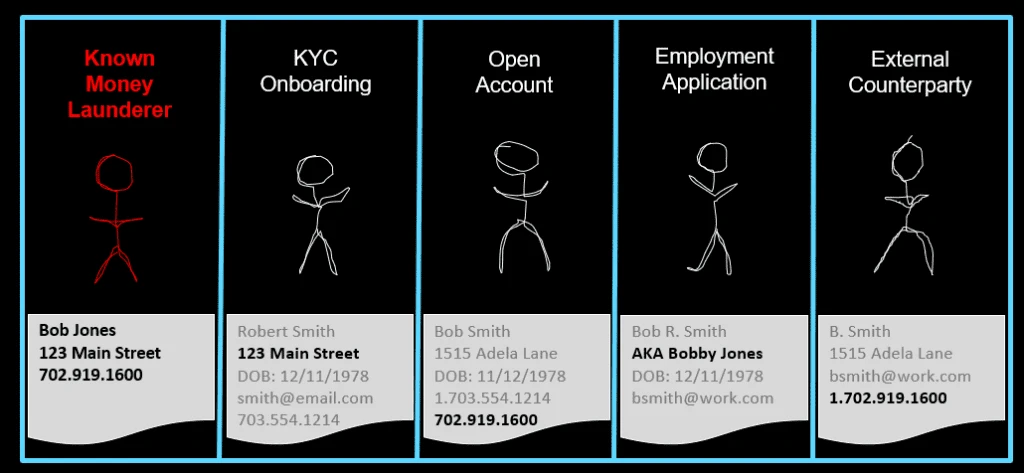What Is Process Mining?
Gartner defines Process Mining as a technique used to discover, monitor, and improve real business processes by extracting knowledge from event logs within information systems.
Simply put, Process Mining helps organizations uncover inefficiencies by following the digital trail of data across their systems. It allows leaders to see how processes truly operate — not how they assume they work.
Quick Insight: Process Mining identifies gaps between how processes are designed and how they actually run.
How Does Process Mining Work?
Every time your employees, customers, or vendors interact with systems — whether ERPs, CRMs, or other applications — they leave behind digital footprints.
Process Mining uses this data to:
- Identify bottlenecks and inefficiencies
- Visualize workflows in real-time
- Track performance metrics automatically
As Gartner explains, “Process Mining helps you look at your business processes in an unbiased and transparent manner.”
Process Mining vs. Traditional Process Mapping
Traditional process mapping relies heavily on interviews and manual flowcharts, often based on assumptions. These methods are time-consuming, subjective, and static.
In contrast, Process Mining is data-driven and dynamic, providing real-time insights. Because it uses actual system data, organizations can:
- Measure process changes with precision
- Document measurable improvements
- Transition from process discovery to process monitoring
Think of it this way:
Process Mapping is asking for directions.
Process Mining is using GPS.
Key Benefits of Process Mining
Implementing Process Mining offers several measurable advantages:
- Faster identification of inefficiencies across workflows
- Data-backed decisions instead of assumptions
- Continuous process monitoring for improvement tracking
- Alignment with digital transformation goals
- Enhanced ROI through process visibility and automation readiness
In essence, Process Mining empowers smarter operations and ensures that transformation initiatives deliver the intended outcomes.
Top Use Cases for Process Mining
Process Mining applies across industries and business functions. Below are the most impactful use cases:
1. Robotic Process Automation (RPA)
Identify repetitive tasks that consume employee time. Process Mining pinpoints automation opportunities, allowing RPA bots to handle routine work 24/7 with minimal errors — freeing employees for high-value tasks.
2. Customer Journey Optimization
Visualize and analyze the customer journey using real behavioral data. Understand how customers interact with your brand and identify friction points to improve experiences.
3. Work-from-Home (WFH) Operations
Monitor how remote work impacts processes. Process Mining reveals workflow deviations, inefficiencies, and policy compliance gaps introduced by distributed work models.
4. Data Governance and Compliance
Track how data moves through your organization to detect silos, ensure compliance with privacy regulations like GDPR and CCPA, and support audits through data-backed process visualization.
How to Prepare for Process Mining
To ensure successful implementation, follow these key steps:
- Define Business Goals:
Identify clear objectives and KPIs — such as improving customer experience, reducing process time, or enhancing data governance.
- Ensure Data Quality:
Confirm that your system data is accurate, complete, and accessible. Essential attributes include:
- Time stamp
- Unique case ID
- Activity ID
- Adopt a Data-Driven Mindset:
Let real data guide decisions. Avoid biases and assumptions that could limit your insights.
Pro Tip: The quality of your Process Mining output depends directly on the quality of your data.
Real-World Examples of Process Mining in Action
Below are summarized case studies across industries that highlight the versatility of Process Mining:
Financial Services
- Claims Processing: Identified inefficiencies and optimized claim resolution time.
- RPA Implementation: Discovered repetitive tasks and validated automation outcomes.
- Customer Onboarding: Compared performance across regions to detect best practices.
- Loan Approval: Reduced processing time using automated dashboards.
Healthcare
- Medication Tracking: Improved pharmacy workflows and reduced supply inefficiencies.
- Invoice Verification: Saved 900+ man-hours annually and reduced SLA violations by 97%.
Manufacturing & Industrial
- Maintenance and Repairs: Standardized machine recovery procedures.
- Supplier Payments: Reduced late fees through compliance monitoring.
- Equipment Usage: Optimized MRI machine utilization for physicians.
Telecommunications
- Customer Journey Analysis: Enhanced IVR system to reduce call transfers.
- Fraud Detection: Identified SIM activation anomalies indicating potential fraud.
- Debt Collection: Improved payment recovery rates with behavioral insights.
Why Choose Us for Process Mining
Our team brings deep industry expertise across banking, finance, healthcare, insurance, manufacturing, and the public sector.
With us, you gain:
- Faster outcomes — typically within three weeks
- Lower costs through automation-driven efficiency
- Integrated services including AI, hyperautomation, and security
- Proven ROI with measurable process improvements
Because we use real data, our Process Mining projects deliver results you can trust.
Ready to Transform Your Processes?
The “new normal” demands agility and insight. Let’s discuss your challenges and build a data-driven path to efficiency.
Contact us: solutions@prolifics.com











